A Raft of Time
Belenius
Stockholm
Solo exhibition
December 3, 2020 – January 30, 2021
Press Release (EN)
Press Release (SV)
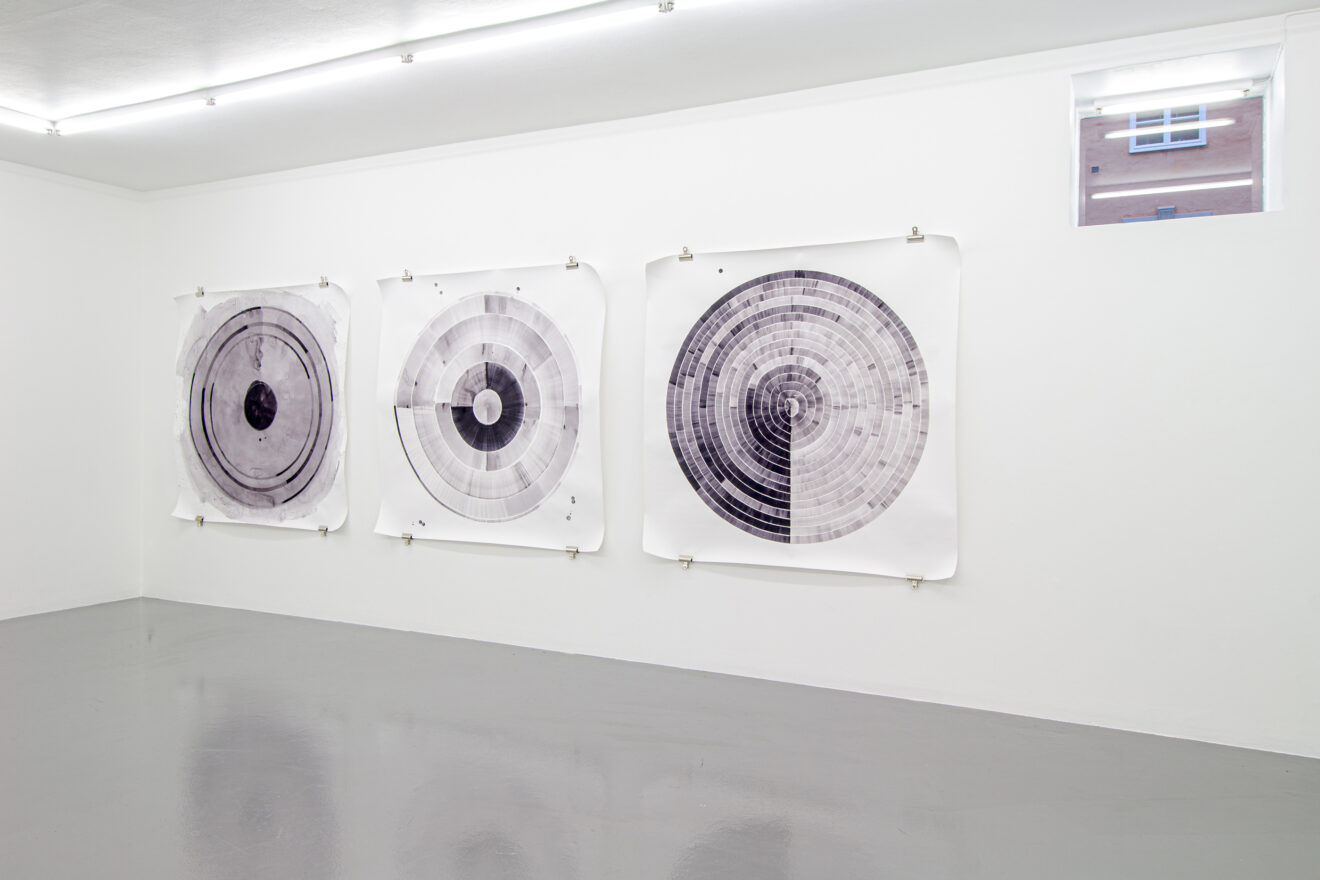
Sense (Universal(s)) (univ.dark+pen)
2020
Ink, pen and pencil on paper
150
150
Sense (Universal(s)) (wide brush, light)
2020
Ink, pen and pencil on paper
150
150
Sense (Universal(s)) (6pm/blue (r2))
2020
Ink, pen and pencil on paper
150
150
Photo by Hanna Bergström/Belenius
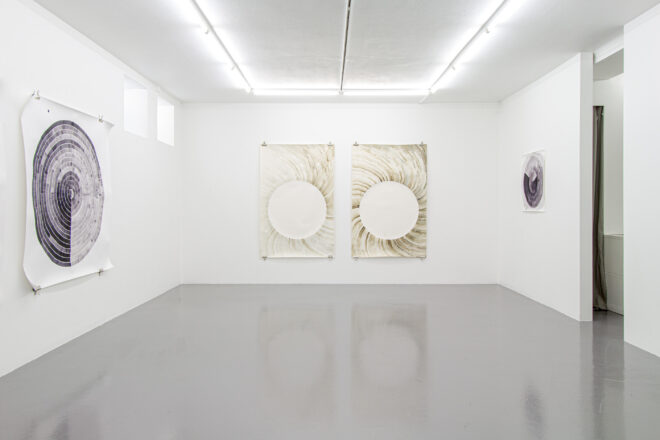
Sense (Universal(s)) (6pm/blue (r2))
2020
Ink, pen and pencil on paper
150
150
Dead Reckon (I)
2018
Watercolor on paper
113
173
Dead Reckon (III)
2018
Watercolor on paper
113
173
Sense (Universal(s)) (EGT III (r11pm+r7pm))
2020
Ink and pencil on paper
75
75
Photo by Hanna Bergström/Belenius
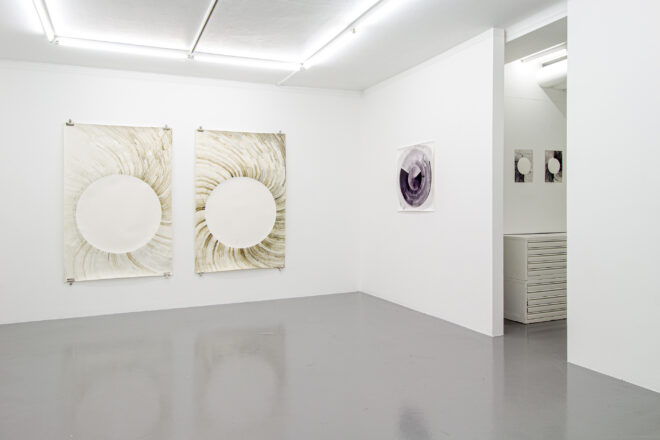
Dead Reckon (I)
2018
Watercolor on paper
113
173
Dead Reckon (III)
2018
Watercolor on paper
113
173
Sense (Universal(s)) (EGT III (r11pm+r7pm))
2020
Ink and pencil on paper
75
75
Photo by Hanna Bergström/Belenius
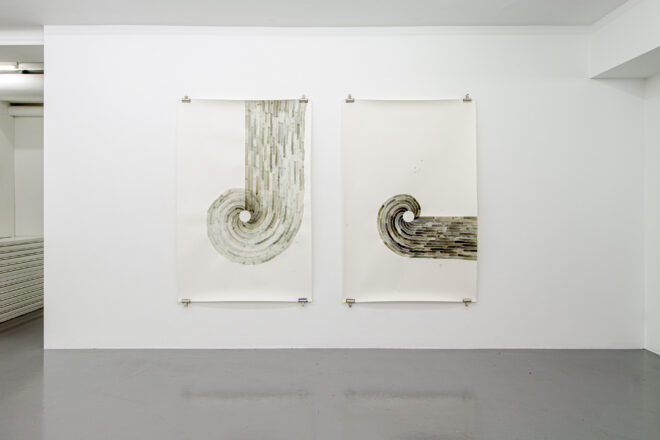
Dead Reckon (J-22 lines/pale)
2019
Watercolor on paper
113
173
Dead Reckon (horizon-R)
2019
Watercolor on paper
113
173
Photo by Hanna Bergström/Belenius
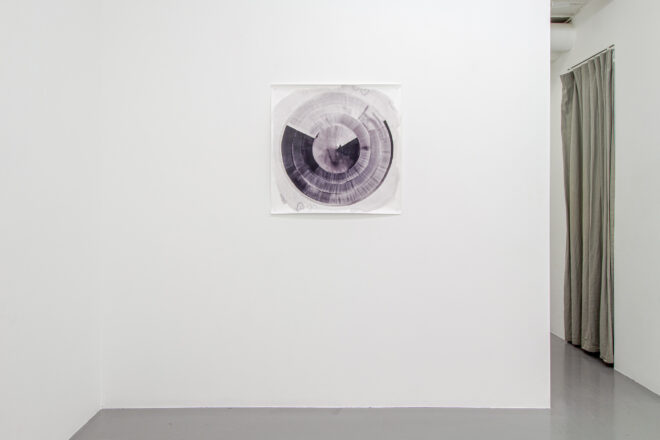
Sense (Universal(s)) (EGT III (r11pm+r7pm))
2020
Ink and pencil on paper
75
75
Photo by Hanna Bergström/Belenius

Sense (Universal(s)) (univ.dark+pen)
2020
Ink, pen and pencil on paper
150
150
Sense (Universal(s)) (wide brush, light)
2020
Ink, pen and pencil on paper
150
150
Sense (Universal(s)) (6pm/blue (r2))
2020
Ink, pen and pencil on paper
150
150
Photo by Hanna Bergström/Belenius

Dead Reckon (I)
2018
Watercolor on paper
113
173
Dead Reckon (III)
2018
Watercolor on paper
113
173
Sense (Universal(s)) (EGT III (r11pm+r7pm))
2020
Ink and pencil on paper
75
75
Photo by Hanna Bergström/Belenius
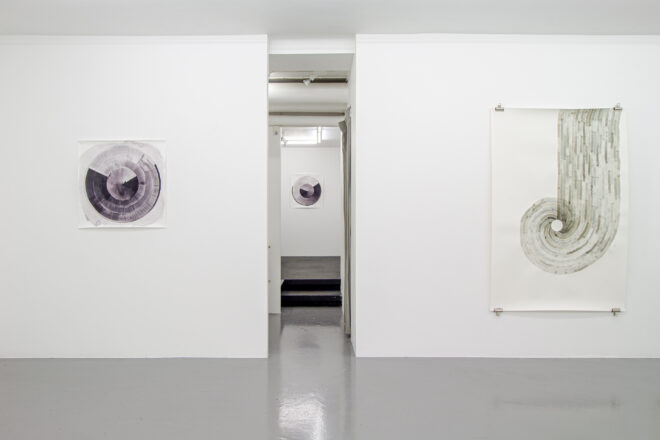
Sense (Universal(s)) (EGT III (r11pm+r7pm))
2020
Ink and pencil on paper
75
75
Sense (Universal(s)) (EGT III (r10pm+r2pm))
2020
Ink and pencil on paper
75
75
Dead Reckon (J-22 lines/pale)
2019
Watercolor on paper
113
173
Photo by Hanna Bergström/Belenius
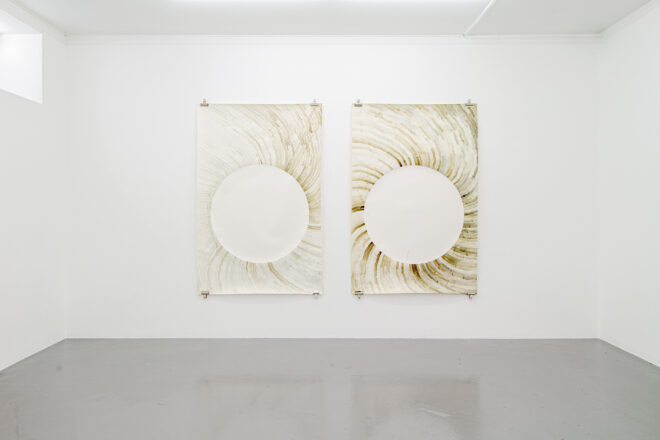
Dead Reckon (I)
2018
Watercolor on paper
113
173
Dead Reckon (III)
2018
Watercolor on paper
113
173
Photo by Hanna Bergström/Belenius
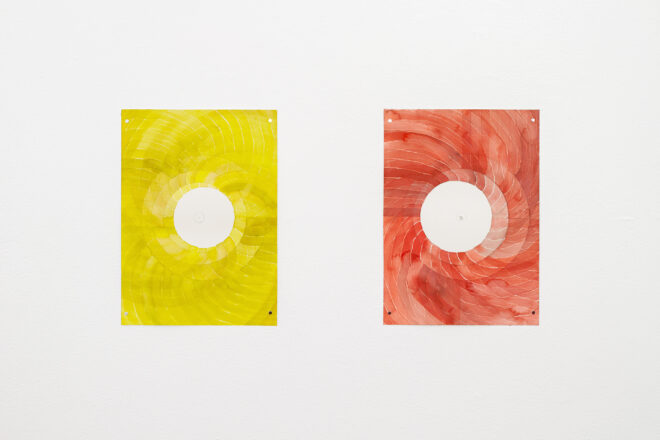
Dead Reckon (post-sketch yellow)
2020
Pencil and watercolor on paper
26
36
Dead Reckon (post-sketch orange)
2020
Pencil and watercolor on paper
26
36
Photo by Hanna Bergström/Belenius
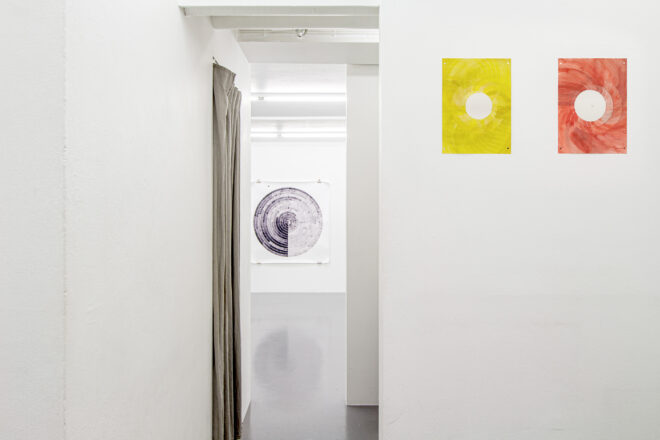
Sense (Universal(s)) (6pm/blue (r2))
2020
Ink, pen and pencil on paper
150
150
Dead Reckon (post-sketch yellow)
2020
Pencil and watercolor on paper
26
36
Dead Reckon (post-sketch orange)
2020
Pencil and watercolor on paper
26
36
Photo by Hanna Bergström/Belenius
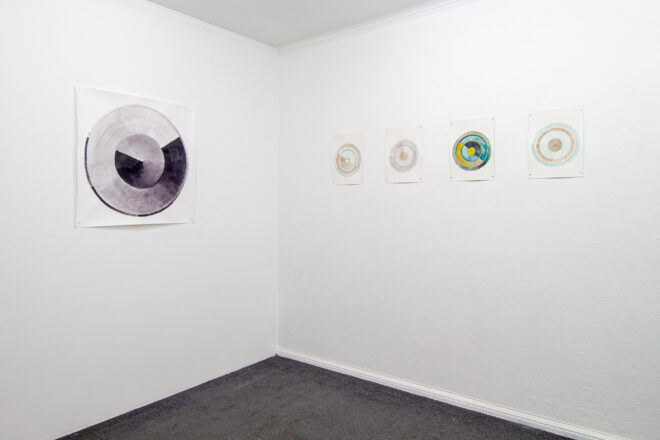
Sense (Universal(s)) (EGT III (r10pm+r2pm))
2020
Ink and pencil on paper
75
75
Universal(s) (light blue/brown dirt water III)
2017-
Pencil and watercolor on paper
26
36
Universal(s) (light blue/brown dirt water I)
2017-
Pencil and watercolor on paper
26
36
Universal(s) (dirt water/pm knob)
2020
Pencil and watercolor on paper
26
36
Universal(s) (light blue/brown dirt water II)
2017-
Pencil and watercolor on paper
26
36
Photo by Hanna Bergström/Belenius
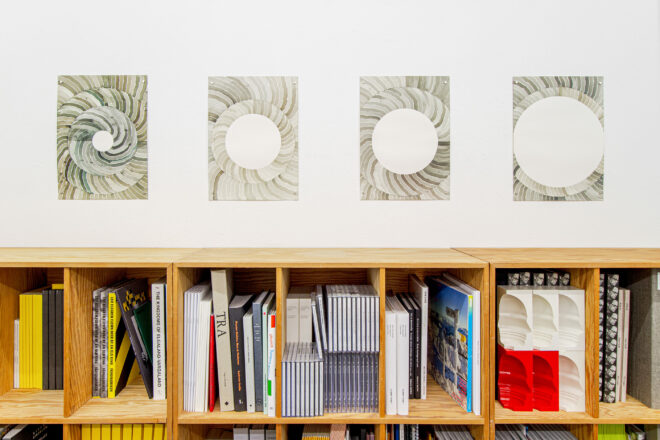
Dead Reckon (greenish, r3)
2020
Pencil and watercolor on paper
26
36
Dead Reckon (greenish, r8)
2020
Pencil and watercolor on paper
26
36
Dead Reckon (greenish, r9,5)
2020
Pencil and watercolor on paper
26
36
Dead Reckon (greenish, r18)
2020
Pencil and watercolor on paper
26
36
Photo by Hanna Bergström/Belenius